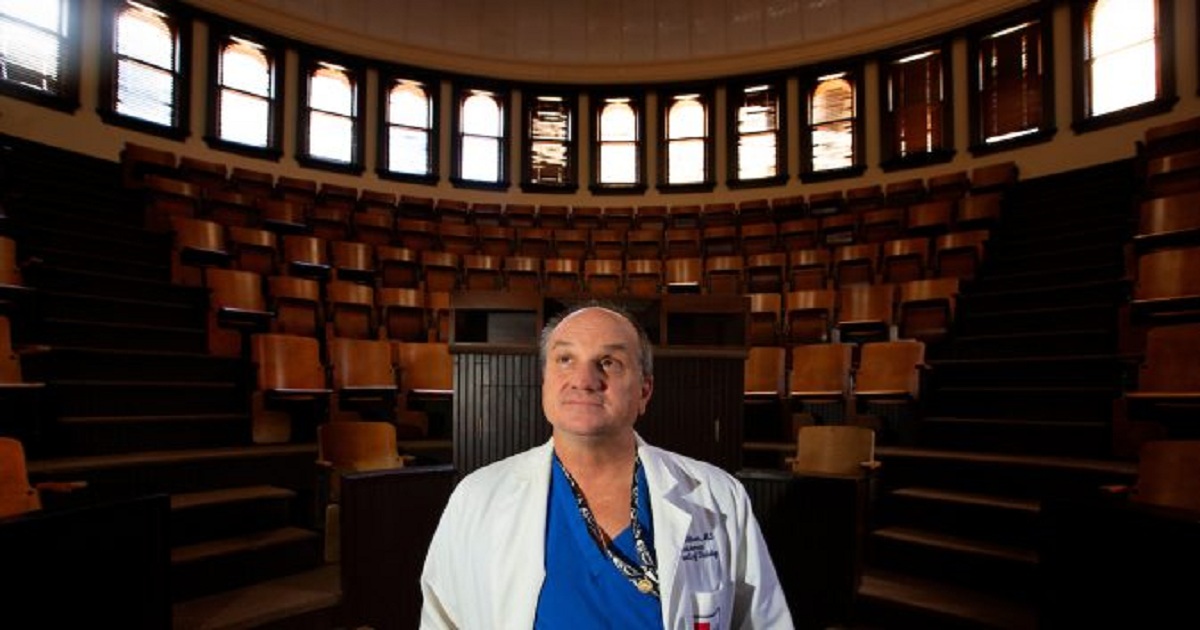AI adds big data power to radiology
tmc.edu | December 05, 2019

When the X-ray was discovered at the end of the 19th century, a new medical discipline was born. Radiology became a way to study, diagnose and treat disease. Today, expertise among radiologists, radiation oncologists, nuclear medicine physicians, medical physicists and technicians includes many forms of medical imaging from diagnostic and cancer imaging to mammography, radiation therapy, ultrasound, computed tomography (CT) and magnetic resonance imaging (MRI).As we move into the third decade of the 21st century, radiology perhaps more than any other medical specialty is poised for transformation. Thanks to artificial intelligence (AI), radiologists foresee a future in which machines enhance patient outcomes and avoid misdiagnosis.In the old days, X-rays were very shadowy, very difficult to interpret. They required a lot of expertise. Nowadays, with MRIs, you can see the anatomy really, really well. So now, the next step from that which is a big jump is artificial intelligence, said Eric Walser, M.D., chairman of radiology at The University of Texas Medical Branch (UTMB) at Galveston. Early machine learning used information from a few cases to teach computers basic tasks, like identifying the human anatomy. Today, AI can distinguish patterns and irregularities in large collections of data, which makes radiology an ideal application. Software can draw from millions of images and make diagnoses with speed and accuracy.